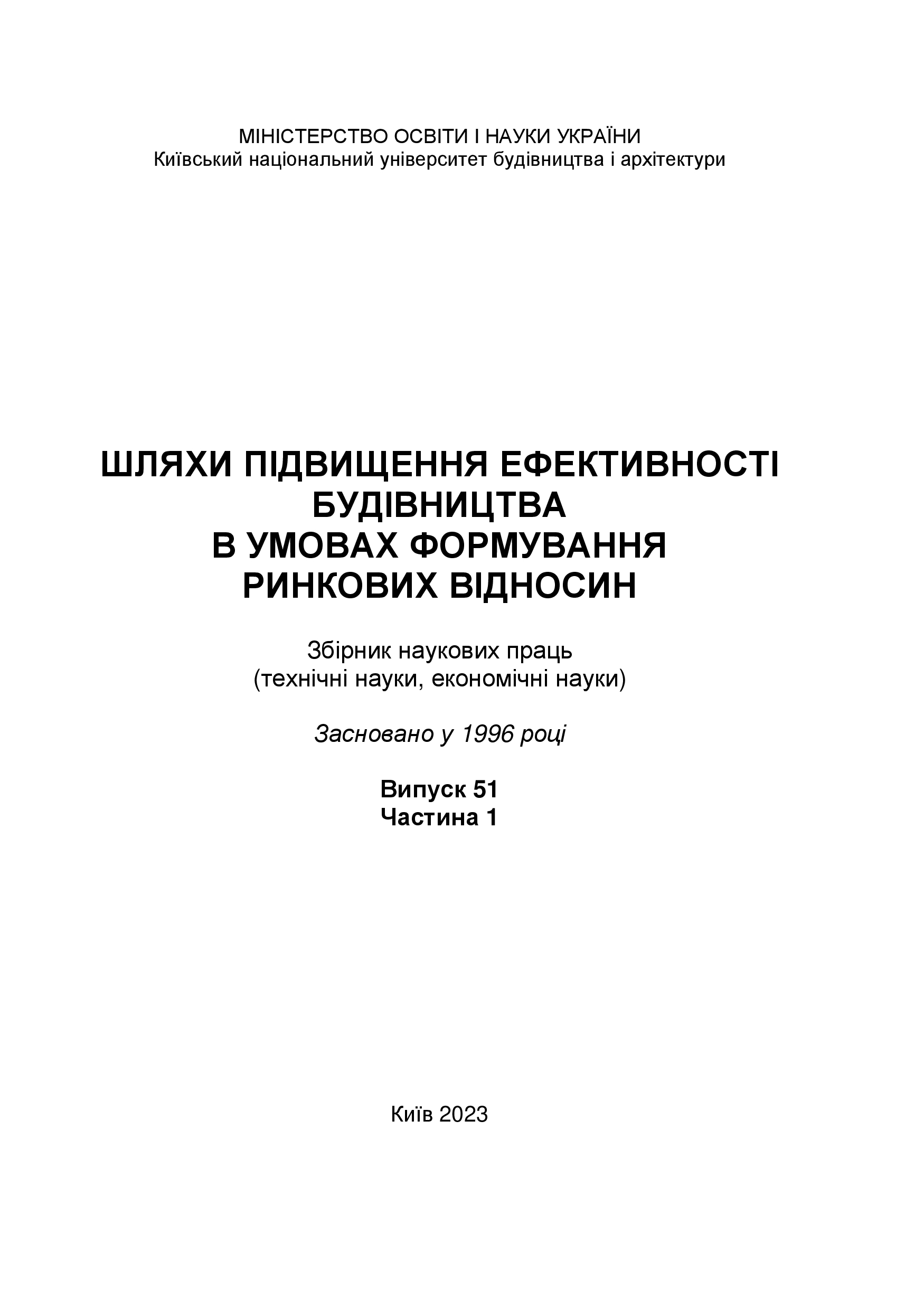Optimal design of the forced oscillation frequencies of the minimum surface shell on a circular contour consisting of two inclined ellipses under thermal and power loading
DOI:
https://doi.org/10.32347/2707-501x.2023.51(1).218-233Keywords:
optimization, parametric optimization, one-criterion parametric optimization, shape optimization, forced vibration frequencies, minimum surface shell, objective function, structure weight, design variables, constraints, shell thicknessAbstract
The problem of choosing the optimal design solution is a multi-purpose complex task, the solution of which requires taking into account a wide range of requirements for different stages of implementation. There are several levels of solving optimal design problems. The first level deals with general design models, including the main structural elements, taking into account the physical and geometric features of their behavior. This level can be called the "global" level of optimization. Due to the fact that the automated calculation of structures is impossible without the use of finite element models, and at the next "detailed" level, the parameters that make up this model (coordinates of nodes, physical and geometric properties of individual elements, etc.)
The choice of a finite element model for optimal design is directly related to the complexity (the possibility of computer implementation) of the optimal design problem. To reduce the computational procedures associated with solving the problem of numerical analysis, an approach based on the approximation of system parameters (displacements, forces, frequencies, waveforms, etc.) can be used.
The problem of forced oscillations for shells of minimal surfaces is solved by the finite element method using the Lagrange's variational principle. The potential and kinetic deformation energies of the shell of a minimal surface are defined in matrix form as the sum of the potential and kinetic energies of each finite element.
The optimization algorithm for single-criterion parametric optimization is performed as follows: the objective function is the weight of the shell of the minimum surface on a circular contour consisting of two inclined ellipses, the design variables are the thickness of the shell, and the constraints are represented by the first forced vibration frequency. The results of changing the objective function are a decrease in the weight of the shell by 3050 kg of C240 steel, which is a percentage equivalent of 13.4% without loss of strength and stability of the shell of the minimum surface on a circular contour consisting of two inclined ellipses, which proves the effectiveness of the authors' methodology.
References
Герасимов, Е.Н., Почтман Ю.М., Скалозуб В.В. Многокритериальная оптимизация конструкций. Донецк: Вища шк. Главное Изд-во. Киев, 1985. 134 с.
Гилл Ф., Мюррей У., Райт М. Практическая оптимизация. М.: Мир, 1985. 509 с.
Ігнатишин М.І. Механіко-математичне моделювання елементів мостових конструкцій (опора, балка, плита): монографія. Мукачево: РВВ МДУ, 2017. 172 с.
Іванченко Г.М., Кошевий О.О., Кошевий О.П. Чисельна реалізація багатокритеріальної параметричної оптимізації оболонки мінімальної поверхні на квадратному контурі при термосиловому навантаженні. Опір матеріалів і теорія споруд. 2022, Вип. 109. С. 50-65
Perelmuter A., Yurchenko V. Parametric optimization of steel shell towers of High-Power wind turbines. Procedia Engineering. 2013, Issue 57. P. 895-905.
Perelmuter A., Yurchenko V., Peleshko I. Cross-Section Size Optimization of Cold-Formed Steel Lipped Channel Structural Members Subjected to Axial Compression. Civil and Environmental Engineering. 2022, Issue 18(2). P. 472-481
Пелешко І.Д., Юрченко В.В. Пошук компромісного розв’язку в задачах оптимізації розмірів поперечних перерізів елементів конструкцій з холодногнутих профілів. Опір матеріалів і теорія споруд. 2022. Вип. 109. С. 72-92.
Peleshko I., Yurchemko V. Optimization of cross-section dimensions of structural members made of cold-formed profiles using. Eastern-European Journal of Enterprise Technologies. 2022, Vol. 119 Issue 7, p. 84-95.
Пелешко І.Д., Юрченко В.В. Оптимальна кількість зайвих в’язей для введення зусиль попереднього напруження металевих стержневих систем. Опір матеріалів і теорія споруд. 2021. Вип. 106. С. 68-91
Юрченко В.В. Пошуковий алгоритм визначення потоків дотичних зусиль для довільного перерізу тонкостінного стержня та його програмна реалізація./ Опір матеріалів і теорія споруд. 2019. Вип. 103. С. 82–111.
Юрченко В.В., Пелешко І.Д. Параметрична оптимізація сталевої решітчастої рами з несучими елементами із круглих труб. Опір матеріалів і теорія споруд. 2021. Вип. 107. С. 45-74.
Юрченко В.В., Перельмутер А.В., Пелешко І.Д. Оптимізація розмірів поперечних перерізів стиснутих елементів конструкцій з С-подібного холодногнутого профілю. Опір матеріалів і теорія споруд. 2022. Вип. 108. С. 156-170.
Юрченко В.В., Пелешко І.Д. Параметрична оптимізація металевих стержневих конструкцій на основі методу проекції градієнта. Опір матеріалів і теорія споруд. 2020. Вип. 105. С. 192-220.
Кривошапко С.В., Иванов В.Н., Халаби С.М. Аналитические поверхности: материалы по геометрии 500 поверхностей и информация к расчету на прочность тонких оболочек. М.: Наука, 2006. 544 с.
Downloads
Published
How to Cite
Issue
Section
License

This work is licensed under a Creative Commons Attribution 4.0 International License.
Authors who publish with this journal agree to the following terms:
- Authors retain copyright and grant the journal right of first publication with the work simultaneously licensed under a Creative Commons Attribution License that allows others to share the work with an acknowledgement of the work's authorship and initial publication in this journal.
- Authors are able to enter into separate, additional contractual arrangements for the non-exclusive distribution of the journal's published version of the work (e.g., post it to an institutional repository or publish it in a book), with an acknowledgement of its initial publication in this journal.
- Authors are permitted and encouraged to post their work online (e.g., in institutional repositories or on their website) prior to and during the submission process, as it can lead to productive exchanges, as well as earlier and greater citation of published work (See The Effect of Open Access).

